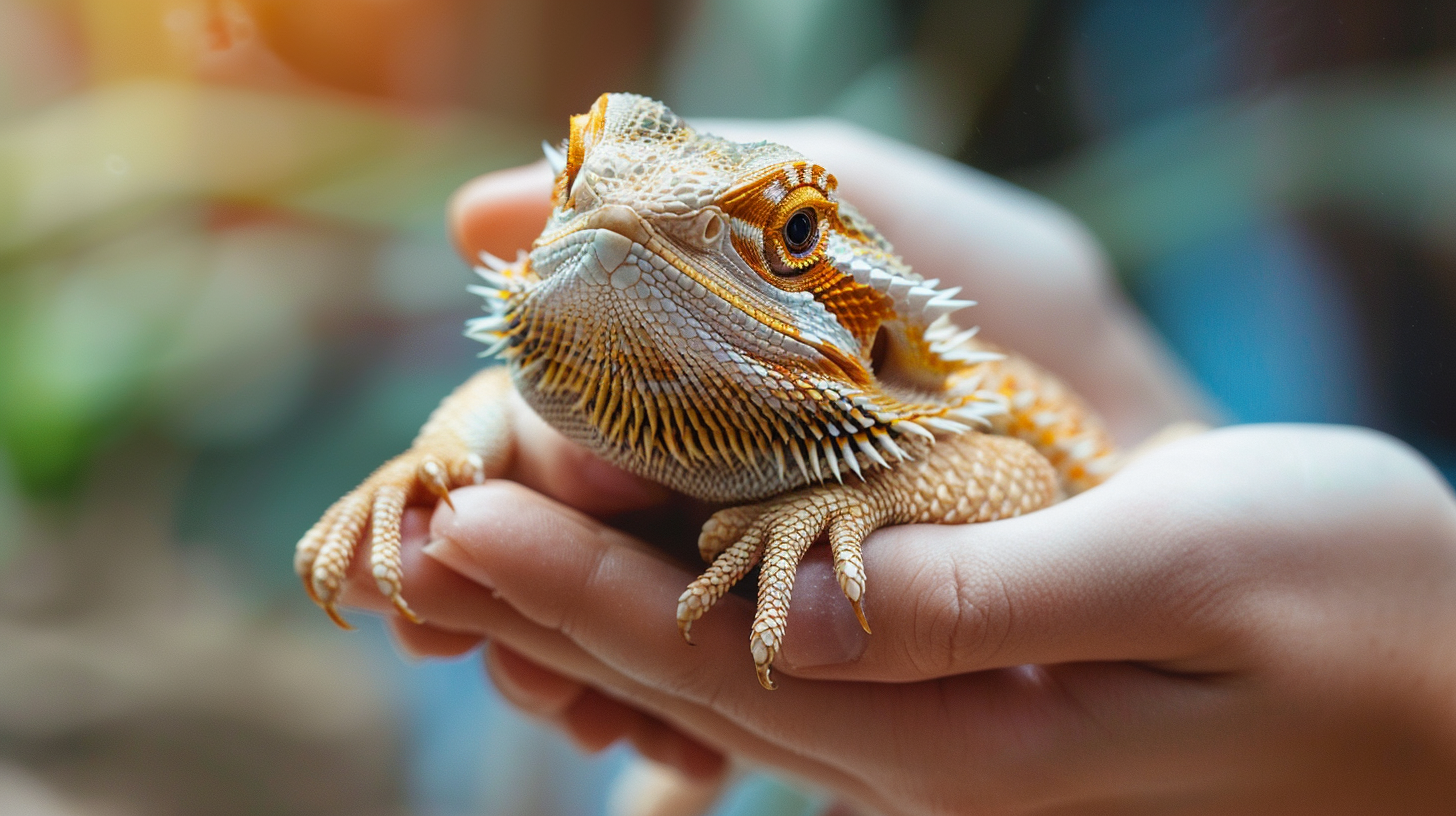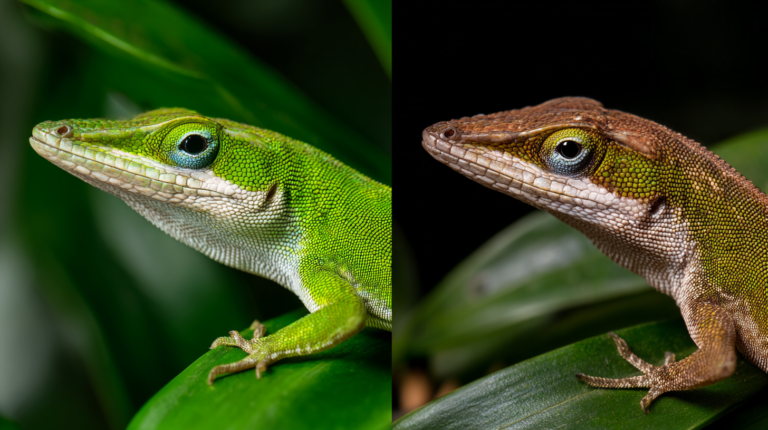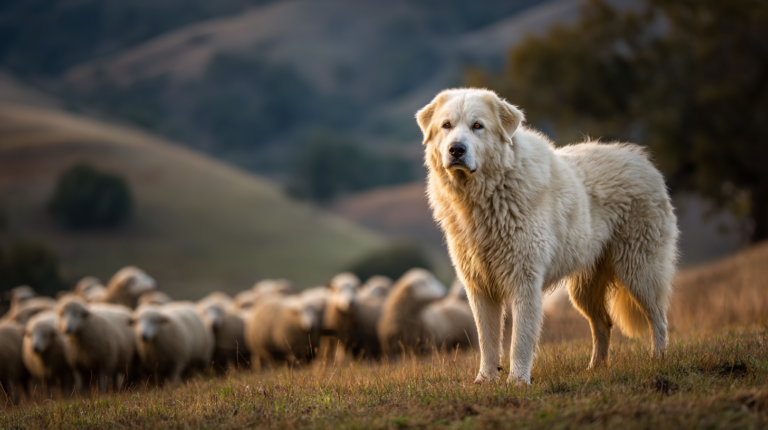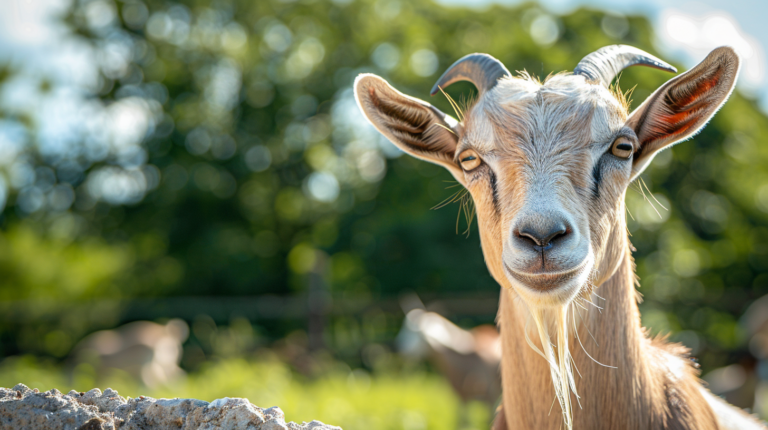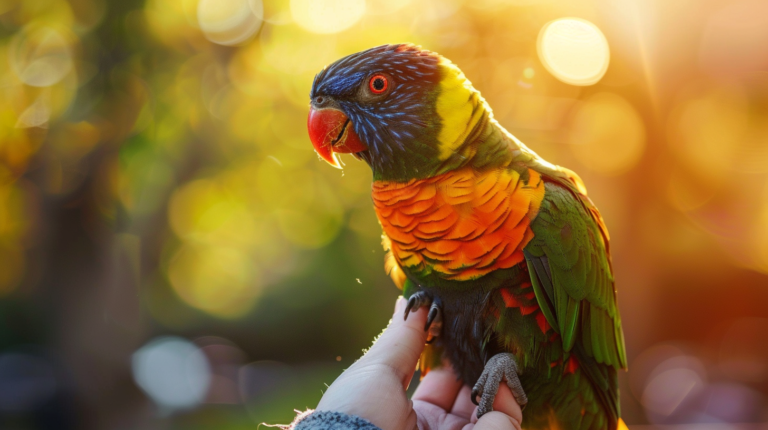Master lizard handling training with 4 proven techniques. Learn safe handling methods, build trust, and create calm interactions with your reptile companion.
Table of Contents
Lizards have become increasingly popular as exotic pets, with over 4.5 million households in the United States keeping reptiles as companions according to the American Pet Products Association. However, many new reptile owners struggle with one crucial aspect of pet care: proper handling techniques. Lizard handling training is essential for creating a positive relationship between you and your scaly friend, ensuring both safety and stress reduction for your pet.
Unlike traditional pets such as dogs or cats, lizards require specialized approaches to handling that respect their unique physiology and behavioral patterns. Many species are naturally skittish and can become stressed easily, making proper training techniques vital for their well-being. Whether you’re a first-time lizard owner or looking to improve your current handling methods, understanding the fundamentals of reptile behavior and implementing structured training approaches will transform your pet care experience.
The benefits of effective lizard handling training extend far beyond simple convenience. Well-trained lizards experience less stress during necessary care procedures like health checks, habitat cleaning, and veterinary visits. Additionally, proper handling techniques reduce the risk of injury to both pet and owner, while fostering trust that enhances the human-animal bond. Research published in the Journal of Herpetological Medicine and Surgery indicates that reptiles subjected to gentle, consistent handling show significantly lower stress hormone levels compared to those handled irregularly or improperly.
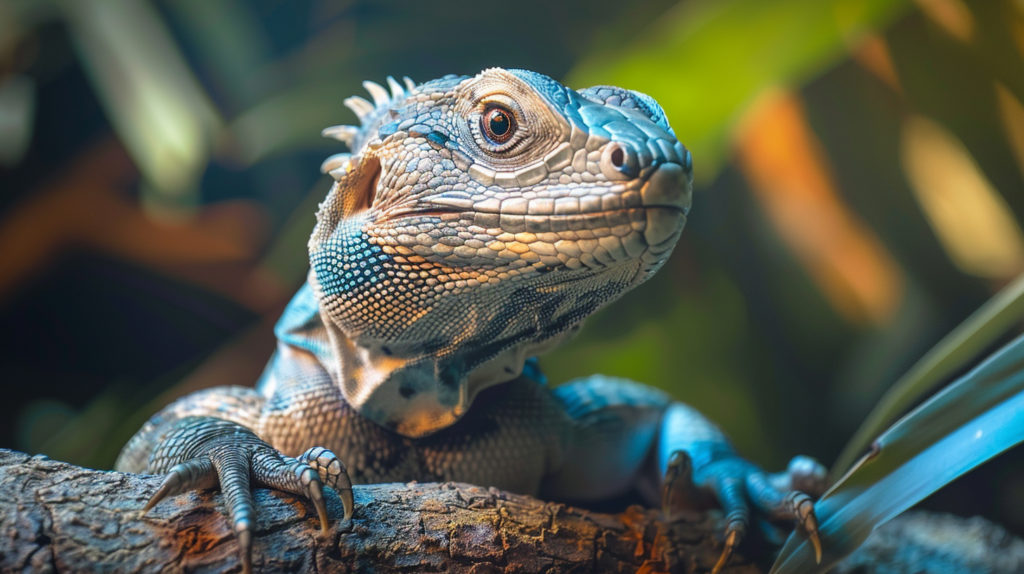
Understanding Lizard Behavior and Stress Signals
Before diving into specific training techniques, it’s crucial to understand how lizards perceive the world around them. Unlike mammals, lizards rely heavily on environmental cues and have evolved sophisticated stress response mechanisms that served them well in the wild but can be challenging in captive environments.
Natural Instincts and Defense Mechanisms
Lizards are prey animals in most ecosystems, which means their default response to potential threats is often flight or defensive behavior. When approached by something significantly larger than themselves (like humans), their instinctual response includes several predictable patterns:
Flight Response Indicators:
- Rapid movement away from approaching hands
- Hiding in corners or under decorations
- Freezing in place when movement is detected
- Puffing up the body to appear larger
- Color changes in species capable of this adaptation
Defensive Behaviors:
- Tail whipping or autotomy (dropping the tail)
- Biting or lunging
- Hissing or mouth gaping
- Flattening the body against surfaces
- Playing dead in some species
Understanding these behaviors helps owners recognize when their lizard is experiencing stress and adjust their approach accordingly. Dr. Susan Donoghue, a veterinary nutritionist specializing in exotic pets, emphasizes that “recognizing stress signals early prevents the escalation of fear responses that can make handling training significantly more difficult.”
Species-Specific Considerations
Different lizard species have varying temperaments and handling requirements. Bearded dragons, for example, are generally more docile and respond well to gentle handling training, while green iguanas can be more challenging due to their size and territorial nature. Geckos require delicate handling due to their fragile skin, and monitor lizards need experienced handlers due to their intelligence and potential for defensive behavior.
Beginner-Friendly Species:
- Bearded Dragons (Pogona vitticeps)
- Leopard Geckos (Eublepharis macularius)
- Blue-Tongued Skinks (Tiliqua species)
- Crested Geckos (Correlophanes ciliatus)
Advanced Species Requiring Experienced Handling:
- Green Iguanas (Iguana iguana)
- Monitor Lizards (Varanus species)
- Tokay Geckos (Gekko gecko)
- Tegus (Salvator species)
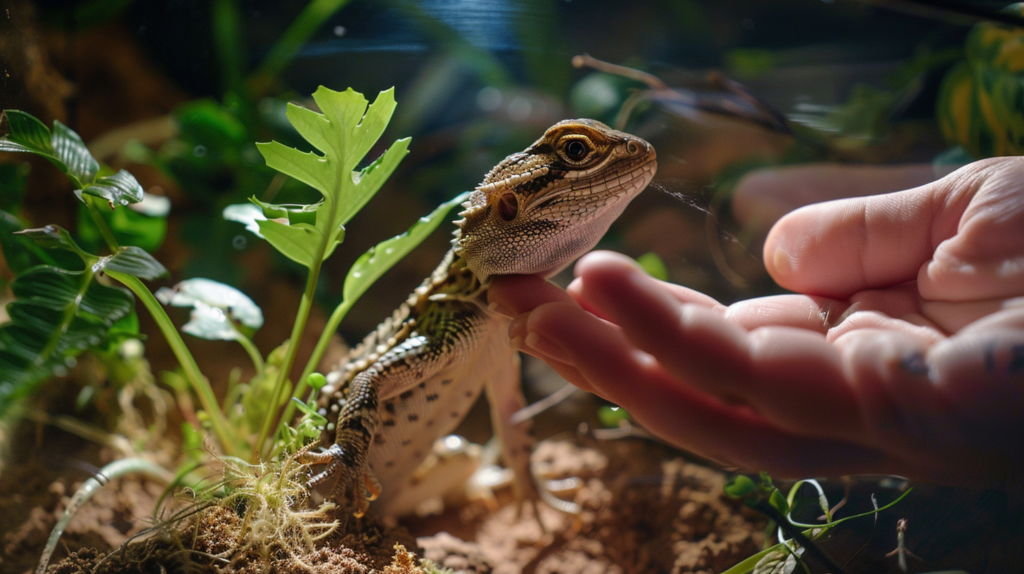
Tip 1: Establishing Trust Through Gradual Exposure
The foundation of successful lizard handling training lies in building trust through gradual, non-threatening exposure. This process requires patience and consistency, as rushing can set back progress significantly.
The Hand Presence Method
Begin by simply placing your hand near your lizard’s enclosure during feeding times and daily maintenance. This association helps your pet understand that your presence brings positive experiences rather than threats. Spend 10-15 minutes daily with your hand visible but motionless near the habitat.
Week 1-2: Passive Presence
- Sit near the enclosure while reading or using your phone
- Keep movements slow and deliberate
- Speak softly to your lizard during feeding times
- Avoid sudden movements or loud noises
Week 3-4: Interactive Presence
- Place your hand against the glass occasionally
- Offer food items with feeding tongs while your hand is visible
- Begin opening the enclosure briefly for maintenance while speaking softly
- Allow your lizard to observe your movements without pressure
Creating Positive Associations
Food is one of the most powerful motivators for reptiles, making meal times ideal opportunities for trust-building exercises. Dr. Kevin Wright, a reptile veterinarian with over 30 years of experience, notes that “lizards are highly food-motivated, and this drive can be leveraged effectively in training situations when used appropriately.”
Feeding-Based Trust Building:
- Always approach from the same direction during feeding
- Use consistent vocal cues like saying your lizard’s name
- Offer favorite treats (appropriate insects or vegetables) by hand
- Maintain calm, predictable movements during all interactions
- Respect your lizard’s space if they show stress signals
Environmental Considerations for Trust Building
The physical environment plays a crucial role in successful trust development. Ensure your lizard’s habitat provides adequate security features that allow them to retreat when feeling overwhelmed.
Essential Security Features:
- Multiple hiding spots throughout the enclosure
- Appropriate temperature gradients for thermoregulation
- Adequate UVB lighting to prevent health issues that increase stress
- Proper humidity levels for your species
- Stable substrate that won’t shift during movement
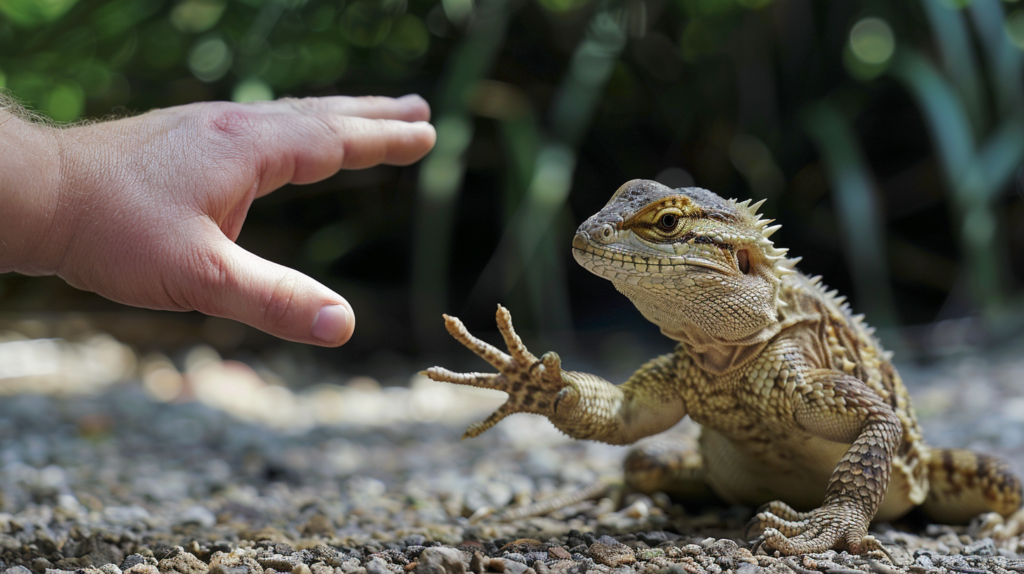
Tip 2: Proper Approach Techniques and Body Language
How you approach your lizard significantly impacts their stress levels and willingness to accept handling. Developing consistent, calm approach techniques forms the cornerstone of effective training.
The Slow Hand Technique
Never approach your lizard from directly above, as this mimics the attack pattern of aerial predators. Instead, approach from the side at their level, moving your hand slowly and deliberately.
Step-by-Step Approach Method:
- Initial Position: Place your hand 6-8 inches away from your lizard at their eye level
- Observation Period: Wait 30-60 seconds for your lizard to acknowledge your presence
- Gradual Movement: Move your hand 1-2 inches closer every 30 seconds
- Final Position: Stop when your hand is 2-3 inches from your lizard
- Contact Preparation: Allow your lizard to investigate your hand if interested
Reading Your Lizard’s Body Language
Successful lizard handling training requires developing fluency in reptile body language. Unlike mammals, lizards communicate primarily through posture, coloration, and specific behaviors.
Positive/Relaxed Indicators:
- Normal coloration for the species
- Relaxed posture with body in contact with the ground
- Slow, deliberate movements
- Normal breathing patterns
- Eyes remain open but not fixed on potential threats
- May approach food or investigate new objects
Stress/Defensive Indicators:
- Darkened coloration (in color-changing species)
- Elevated posture with body lifted off the ground
- Rapid breathing or panting
- Fixed stare at perceived threats
- Tail positioning (raised, thrashing, or tucked)
- Mouth gaping or defensive posturing
Timing Your Approaches
The timing of handling attempts significantly affects success rates. Reptiles are ectothermic, meaning their activity levels and stress responses vary based on their body temperature and daily rhythms.
Optimal Handling Times:
- Mid-morning after basking when body temperature is optimal
- Late afternoon during active periods
- At least 2 hours after feeding to prevent regurgitation
- During natural active periods for your specific species
Times to Avoid Handling:
- Early morning when body temperature is low
- Immediately after feeding
- During shedding periods when skin is sensitive
- Late evening when preparing for rest
- During breeding seasons when territorial behavior increases
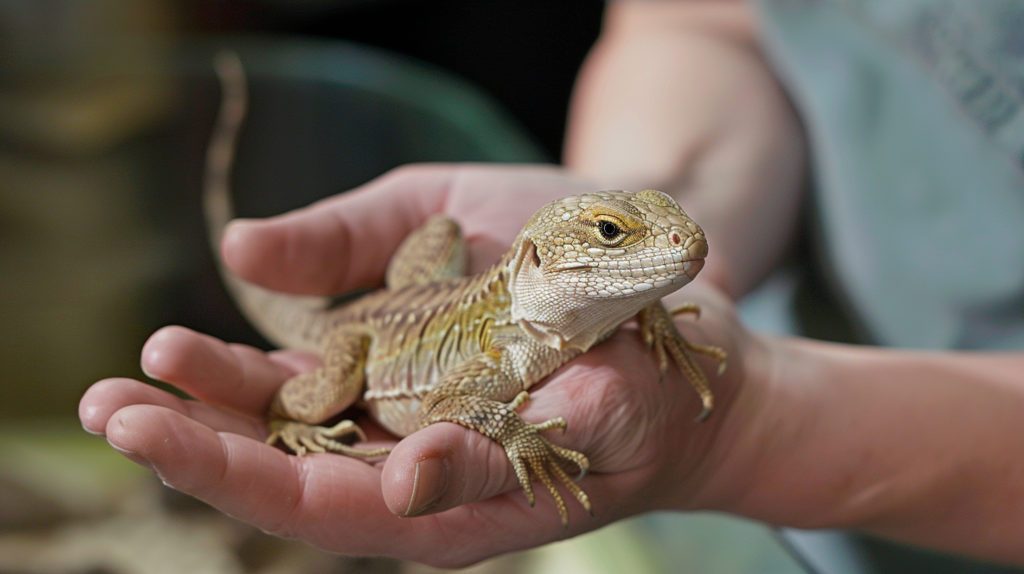
Tip 3: Safe Lifting and Support Methods
Once your lizard accepts your presence and shows reduced stress responses, learning proper lifting and support techniques becomes essential for safe handling sessions.
The Two-Hand Support System
Never attempt to lift a lizard by grasping only the tail, limbs, or head. Proper support distributes weight evenly and provides security for your pet.
Proper Lifting Technique for Medium-Sized Lizards (Bearded Dragons, Blue-Tongued Skinks):
- Primary Hand Position: Place your dominant hand under the chest area, supporting the front legs and torso
- Secondary Hand Position: Use your non-dominant hand to support the hindquarters and back legs
- Lifting Motion: Lift slowly and smoothly, maintaining consistent support
- Secure Hold: Keep the lizard close to your body to provide additional security
- Head Control: Allow the head to move freely unless veterinary restraint is necessary
Species-Specific Handling Adaptations
Different species require modified approaches based on their size, temperament, and physical characteristics.
Small Geckos and Juveniles:
- Use gentle cupping motions with both hands
- Support the entire body without restricting movement
- Be extremely careful of tail autotomy in gecko species
- Provide secure surfaces to prevent falls
Large Lizards (Adult Iguanas, Monitors):
- May require additional support for the tail
- Use firm but gentle grip to prevent escape
- Be aware of powerful claws and potential bite risks
- Consider having an assistant for very large specimens
Long-Bodied Species (Tegus, some Skinks):
- Provide support along the entire body length
- Use both hands and potentially your forearm for large specimens
- Be especially careful of tail positioning
- Maintain control of the head area if necessary
Creating a Secure Handling Environment
Before attempting to lift your lizard, prepare the handling environment to minimize risks and stress.
Pre-Handling Checklist:
- Clear the area of potential hazards or escape routes
- Ensure room temperature is appropriate (75-80°F for most species)
- Have a secure backup enclosure ready if needed
- Remove jewelry or clothing items that might catch claws
- Wash hands to remove foreign scents
- Have appropriate first aid supplies accessible
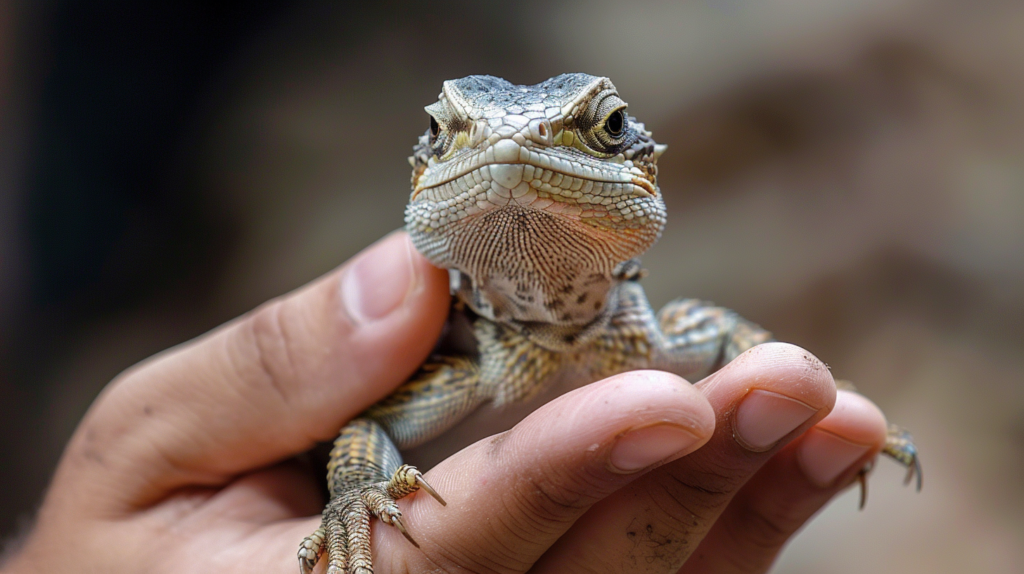
Tip 4: Building Handling Duration and Frequency
The final phase of lizard handling training involves gradually increasing both the duration and frequency of handling sessions while maintaining your pet’s comfort level.
Progressive Session Planning
Start with very brief handling sessions and gradually extend the time based on your lizard’s stress responses and comfort level.
Week 1-2: Introduction Phase
- Session length: 30 seconds to 1 minute
- Frequency: Every other day
- Focus: Basic lifting and immediate return to enclosure
- Goal: Acceptance of being lifted without extreme stress responses
Week 3-4: Familiarity Phase
- Session length: 2-3 minutes
- Frequency: Daily (if no stress signs observed)
- Focus: Short periods of being held while stationary
- Goal: Relaxation while being supported
Week 5-8: Confidence Phase
- Session length: 5-10 minutes
- Frequency: Daily to every other day based on individual response
- Focus: Movement between locations, gentle petting (species-dependent)
- Goal: Calm behavior during extended interactions
Maintenance Phase: Ongoing
- Session length: 10-15 minutes (maximum for most species)
- Frequency: 3-4 times per week
- Focus: Routine health checks, enrichment activities, bonding
- Goal: Stress-free handling for necessary care procedures
Monitoring Progress and Adjusting Techniques
Successful training requires constant observation and adjustment based on your individual lizard’s responses. Keep a simple log to track progress and identify patterns.
Progress Indicators to Track:
- Time to initial acceptance of presence
- Duration before stress signs appear
- Behavioral changes during sessions
- Post-handling behavior and recovery time
- Overall health and appetite maintenance
Sample Training Log Format:
| Date | Session Duration | Stress Level (1-10) | Notes |
| Day 1 | 30 seconds | 8 | Defensive posturing, quick recovery |
| Day 3 | 45 seconds | 6 | Less rigid, normal breathing |
| Day 7 | 1 minute | 4 | Relaxed posture, investigating surroundings |
| Day 14 | 3 minute | 3 | Calm throughout, easy return to enclosure |
Advanced Handling Techniques
Once basic handling is mastered, you can introduce more advanced techniques that enhance the human-animal bond and facilitate better care.
Health Check Training:
- Gentle examination of toes and claws
- Brief inspection of the mouth (species-dependent)
- Light palpation of the abdomen for health monitoring
- Scale and skin condition assessment
Enrichment Through Handling:
- Supervised exploration of safe areas outside the enclosure
- Gentle interaction with appropriate textures and surfaces
- Introduction to shallow, warm water for species that enjoy soaking
- Positive association training with handling equipment
Environmental Factors That Support Training Success
The success of your lizard handling training program depends heavily on maintaining optimal environmental conditions that support your pet’s overall well-being and stress management.
Temperature and Lighting Considerations
Reptiles are ectothermic, meaning their behavior, metabolism, and stress responses are directly tied to environmental temperature. Proper thermal management is crucial for successful training sessions.
Optimal Training Conditions:
- Ambient room temperature: 75-80°F (24-27°C)
- Ensure lizard has had adequate basking time before handling
- Avoid handling during temperature fluctuations
- Provide thermal security through consistent environmental conditions
Lighting Impact on Behavior:
- Maintain appropriate photoperiods for your species
- Ensure adequate UVB exposure to prevent health issues that increase stress
- Consider the impact of artificial lighting on natural behavior patterns
- Avoid handling during lights-out periods when reptiles are preparing for rest
Habitat Security and Training Success
A secure, well-designed habitat directly influences your lizard’s baseline stress levels and willingness to accept handling.
Essential Habitat Features for Training Success:
- Multiple hiding spots to provide security
- Appropriate substrate depth for burrowing species
- Stable temperature and humidity gradients
- Regular cleaning schedule to maintain health
- Enrichment items that promote natural behaviors
Seasonal Considerations
Many lizard species exhibit seasonal behavior changes that can impact training success. Understanding these patterns helps owners adjust their approaches accordingly.
Seasonal Factors Affecting Training:
- Breeding seasons may increase territorial or defensive behavior
- Brumation periods in temperate species
- Seasonal appetite changes affecting food motivation
- Natural activity level fluctuations
- Shedding cycles and associated skin sensitivity
Common Training Mistakes and How to Avoid Them
Even well-intentioned owners can make mistakes that hinder training progress or increase their lizard’s stress levels. Understanding common pitfalls helps ensure successful outcomes.
Rushing the Process
The most common mistake in lizard handling training is attempting to progress too quickly. Unlike mammals, reptiles require extended periods to process and accept new experiences.
Signs You’re Moving Too Fast:
- Increased defensive behaviors during sessions
- Regression in previously accepted handling
- Changes in appetite or activity levels
- Prolonged stress responses that don’t diminish over time
- Avoidance behaviors becoming more pronounced
Correction Strategies:
- Return to the previous successful stage for 1-2 weeks
- Reduce session frequency temporarily
- Reassess environmental factors affecting stress
- Consider individual personality differences
- Consult with reptile-experienced veterinarians if problems persist
Inconsistent Approach Methods
Reptiles thrive on predictability, and inconsistent handling techniques can undermine training progress significantly.
Common Consistency Errors:
- Different family members using varying approaches
- Irregular timing of handling sessions
- Inconsistent environmental conditions during training
- Mixed signals through conflicting body language or vocalizations
- Failure to maintain routine during habitat maintenance
Ignoring Stress Signals
Perhaps the most detrimental mistake is continuing training efforts when lizards display clear stress indicators.
Critical Stress Signals Never to Ignore:
- Repeated attempts to escape despite gentle restraint
- Changes in breathing patterns or mouth gaping
- Loss of muscle tone or “playing dead” responses
- Aggressive behaviors that escalate during sessions
- Post-handling behavioral changes lasting more than a few hours
Species-Specific Training Adaptations
While the fundamental principles of lizard handling training remain consistent across species, specific adaptations enhance success rates for different types of lizards.
Bearded Dragons: The Ideal Beginner Species
Bearded dragons are renowned for their relatively calm temperament and adaptability to handling, making them excellent subjects for learning proper training techniques.
Bearded Dragon Specific Considerations:
- Often enjoy gentle head and beard scratching once comfortable
- May display arm-waving as a submissive gesture (not necessarily stress)
- Can be trained to walk on leashes with proper harness training
- Generally tolerate longer handling sessions than most species
- May show color changes based on temperature rather than stress
Training Timeline for Bearded Dragons:
- Week 1-2: Hand presence acceptance typically achieved quickly
- Week 3-4: Basic lifting and short holds usually successful
- Week 5-8: Extended sessions and enrichment activities often possible
- Maintenance: 3-4 handling sessions per week of 10-15 minutes
Geckos: Delicate Handling Requirements
Gecko species require modified approaches due to their fragile skin, specialized toe pads, and tendency toward tail autotomy.
Gecko Handling Adaptations:
- Never grab or pull on the tail (risk of autotomy)
- Support the entire body to prevent falls
- Be extremely gentle due to delicate skin
- Avoid handling during shedding periods
- Use cupping motions rather than grasping
Leopard Gecko Training Success Factors:
- Slower movement requirements due to crepuscular nature
- Food motivation often high with appropriate insects
- Generally calm temperament once trust is established
- May require longer trust-building periods than diurnal species
Health Benefits of Proper Handling Training
Beyond the obvious advantages of easier care routines, proper lizard handling training provides significant health benefits for reptiles.
Stress Reduction and Immune System Support
Chronic stress in reptiles can lead to immunosuppression, making them more susceptible to infections and parasites. Well-trained lizards experience lower baseline stress levels, supporting better overall health outcomes.
Measurable Health Improvements:
- Reduced cortisol levels in blood work
- Better appetite maintenance during routine care
- Faster recovery from medical procedures
- Improved response to veterinary treatments
- Enhanced wound healing and general health markers
Early Disease Detection
Regular, stress-free handling allows owners to detect health issues before they become serious problems.
Health Monitoring Made Possible Through Training:
- Regular weight checks without causing stress
- Visual inspection of skin, eyes, and mouth
- Assessment of muscle tone and body condition
- Early detection of respiratory issues
- Monitoring of elimination patterns and consistency
Facilitating Veterinary Care
Veterinary visits are significantly less stressful for both lizards and veterinary staff when patients are accustomed to handling.
Veterinary Benefits:
- More thorough examinations possible with calm patients
- Reduced need for chemical restraint during procedures
- Better cooperation during treatments and medication administration
- Improved diagnostic accuracy due to reduced stress artifacts
- Enhanced owner compliance with at-home care instructions
Visual Training Guide and Infographic

4-Step Lizard Handling Training Process:
Step 1: Trust Building (Weeks 1-2)
- Hand presence near enclosure
- Positive food associations
- Consistent daily interactions
- No physical contact initially
Step 2: First Contact (Weeks 3-4)
- Gentle approach from the side
- Brief touching if accepted
- Immediate retreat if stress observed
- Building comfort with human touch
Step 3: Lifting Training (Weeks 5-6)
- Two-hand support system
- Short lifting sessions (30 seconds)
- Secure, close-to-body positioning
- Gradual increase in duration
Step 4: Advanced Handling (Weeks 7+)
- Extended sessions up to 15 minutes
- Health check procedures
- Environmental enrichment
- Maintenance of training gains
Troubleshooting Common Training Challenges
Even with proper techniques, some lizards present unique challenges that require specialized approaches.
The Extremely Shy Lizard
Some individuals, particularly wild-caught specimens or those with limited early socialization, may require extended patience and modified techniques.
Approaches for Shy Lizards:
- Extend trust-building phase to 4-6 weeks
- Use food motivation more extensively
- Consider partial enclosure coverage to increase security
- Reduce handling frequency initially
- Focus on presence acceptance before attempting contact
The Aggressive Responder
Lizards displaying consistent aggressive responses need careful evaluation to determine if training should continue or if environmental factors need addressing first.
Managing Aggressive Behavior:
- Rule out health issues with veterinary examination
- Assess environmental stressors (temperature, lighting, habitat security)
- Consider if breeding season is affecting behavior
- Modify approach to be even more gradual
- Sometimes aggressive behavior indicates a personality trait requiring acceptance
The Escape Artist
Some lizards become focused on escape during handling sessions, making training challenging but not impossible.
Strategies for Escape-Focused Lizards:
- Ensure secure handling environments to prevent successful escapes
- Keep initial sessions very brief to prevent escape attempts
- Use gentle restraint techniques that don’t increase panic
- Consider if the lizard is too young or stressed for current training goals
- Focus on environmental enrichment to reduce general anxiety
FAQs
How long does it typically take to train a lizard to accept handling?
Most lizards require 4-8 weeks of consistent, gentle training to accept basic handling comfortably. However, this timeline varies significantly based on species, individual personality, age, and previous experiences. Bearded dragons often accept handling within 2-4 weeks, while more sensitive species like some geckos may require 8-12 weeks. The key is patience and consistency rather than rushing the process, as pushing too fast can actually set back progress significantly.
Is it safe to handle a lizard that’s shedding?
It’s generally best to avoid handling lizards during active shedding periods, as their skin becomes more sensitive and prone to damage. Wait until the shedding process is complete before resuming normal handling routines. If handling is absolutely necessary for health reasons, be extremely gentle and avoid areas where skin is actively peeling. Some species may also become more irritable during shedding, making training sessions less productive.
What should I do if my lizard bites me during training?
If bitten, remain calm and don’t pull away suddenly, as this can cause more damage to both you and your lizard. Gently support your lizard until they release, then calmly return them to their enclosure. Clean any wounds thoroughly and monitor for signs of infection. A bite usually indicates that you’ve moved too fast in the training process or that your lizard is experiencing significant stress. Take a step back in training and reassess your approach, potentially extending the trust-building phase.
How often should I handle my lizard once they’re trained?
For most species, 3-4 handling sessions per week lasting 10-15 minutes each is optimal for maintaining training and providing social interaction. However, this varies by species and individual preference. Some lizards enjoy daily brief interactions, while others prefer less frequent but longer sessions. Always monitor your lizard’s stress levels and adjust frequency accordingly. Remember that handling should be beneficial for both pet and owner, not a source of ongoing stress.
Can older lizards be trained, or is it only effective with juveniles?
Adult lizards can absolutely be trained to accept handling, though it may take longer than training juveniles. Older lizards have more established behavioral patterns and may have had negative experiences with handling in the past, requiring extra patience and gradual approaches. However, many adult rescue lizards have been successfully trained to accept gentle handling with consistent, positive experiences. The key is adjusting expectations for timeline and being prepared for a potentially longer training process.
What’s the difference between handling training for different lizard species?
While the basic principles remain the same, different species have varying temperaments, physical requirements, and stress responses. Bearded dragons are generally more tolerant and social, making them easier to train. Geckos require more delicate handling due to their fragile skin and tail-dropping ability. Large species like iguanas need more secure restraint and awareness of their powerful tails and potential bite strength. Research your specific species’ natural behaviors and handling requirements for the best training approach.
Advanced Training Applications
Once basic lizard handling training is mastered, owners can explore advanced applications that enhance both care quality and the human-animal bond.
Medical Cooperation Training
Training lizards to cooperate with basic medical procedures reduces stress during necessary health care and allows for better preventive medicine.
Trainable Medical Procedures:
- Scale and skin examination tolerance
- Mouth inspection for respiratory health
- Gentle palpation for body condition assessment
- Nail trimming cooperation (species-dependent)
- Medication administration when required
Enrichment and Exercise Programs
Well-trained lizards can participate in supervised exploration and exercise programs that provide mental and physical stimulation beyond their primary enclosure.
Safe Enrichment Activities:
- Supervised exploration of lizard-proofed rooms
- Shallow warm water interactions for appropriate species
- Introduction to varied textures and climbing opportunities
- Outdoor supervised time in appropriate weather (species-dependent)
- Interactive feeding challenges that encourage natural behaviors
For more expert pet care tips and product recommendations, visit BlithePet.com — your trusted source for pet wellness.
Conclusion
Successful lizard handling training transforms the relationship between reptile owners and their pets, creating opportunities for better health care, stronger bonds, and reduced stress for both parties. The four essential tips covered in this guide—establishing trust through gradual exposure, using proper approach techniques, mastering safe lifting methods, and building appropriate handling duration—provide a comprehensive foundation for training success.
Remember that patience and consistency are far more valuable than speed in reptile training. Each lizard is an individual with unique personality traits, stress responses, and learning capabilities. By respecting these differences and adapting your approach accordingly, you’ll build a positive handling relationship that benefits your pet’s health and well-being throughout their life.
The investment of time and effort in proper training pays dividends in easier veterinary care, enhanced health monitoring capabilities, and the satisfaction of a trusting relationship with your scaly companion. Whether you’re working with a beginner-friendly bearded dragon or a more challenging species, these fundamental principles will guide you toward training success.
Have a similar experience with your pet? Share it in the comments below!

